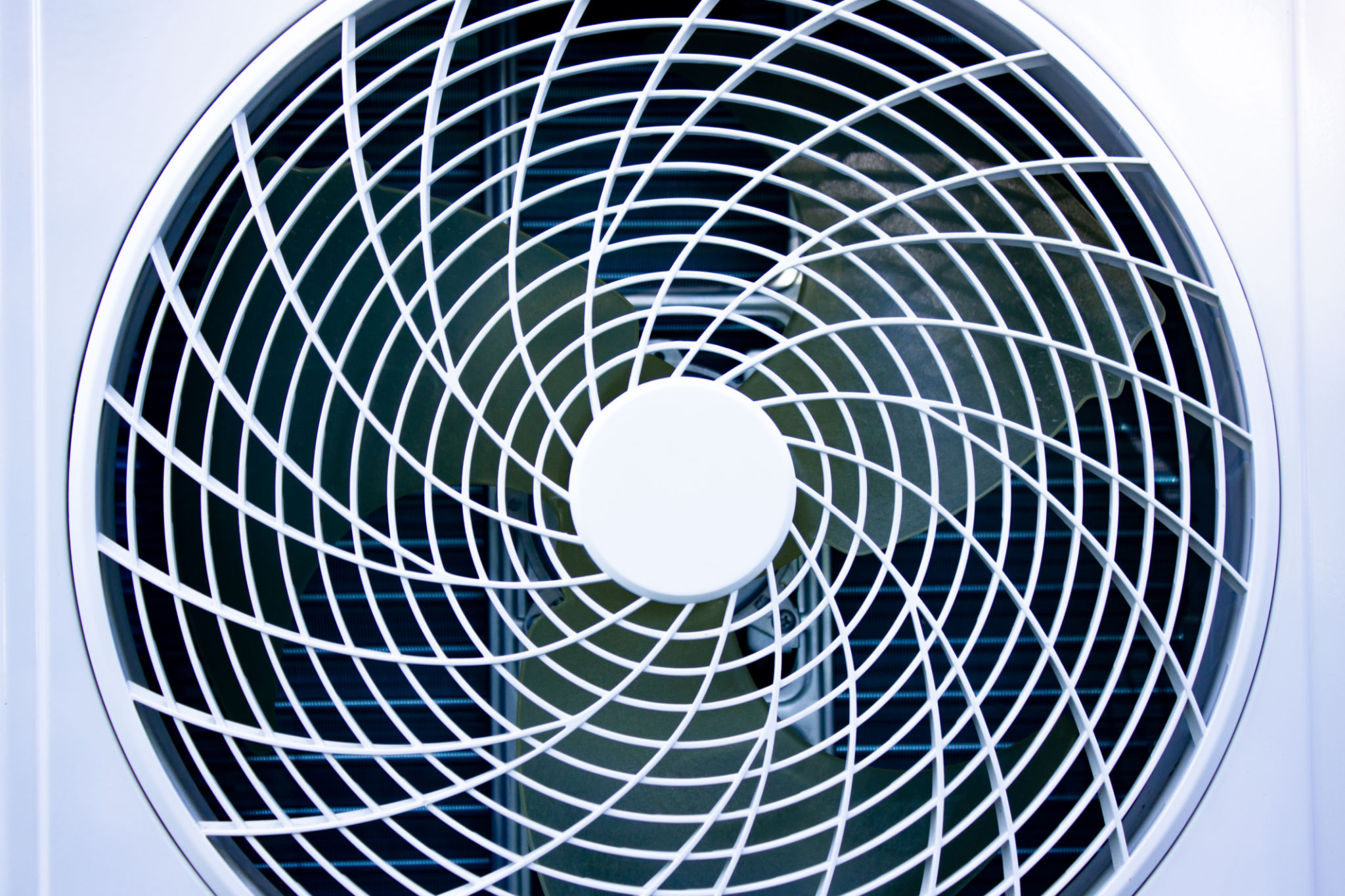Expert Tips for Reducing Your Home's Electricity Bill
Understand Your Energy Consumption
One of the first steps in reducing your electricity bill is to understand where your energy is going. Start by reviewing your past electricity bills to identify any usage patterns or spikes. This will help you pinpoint the appliances or systems that consume the most energy. Armed with this information, you can focus on strategies to reduce usage in these areas.
Consider investing in an energy monitor, which can provide real-time data on your consumption. These devices can help you make informed decisions about when and how to use certain appliances. Additionally, most utility companies offer online tools or apps that track daily energy use, providing further insights into your consumption habits.

Upgrade to Energy-Efficient Appliances
Older appliances are often less efficient and consume more electricity. If your budget allows, consider upgrading to energy-efficient models. Look for appliances with the Energy Star label, which indicates they meet energy efficiency guidelines set by the U.S. Environmental Protection Agency.
Replacing your old refrigerator, washer, or dryer with energy-efficient versions can lead to significant savings over time. While the upfront cost might be higher, the long-term savings on your utility bills and the positive impact on the environment make it a worthwhile investment.
Optimize Heating and Cooling Systems
Your home's heating and cooling systems are likely major contributors to your electricity bill. To reduce costs, ensure that these systems are running efficiently. Regular maintenance, such as changing air filters and scheduling annual tune-ups, can improve performance and reduce energy consumption.

Utilize Smart Home Technology
Smart home technology can be a game-changer in managing electricity consumption. Smart thermostats, for example, learn your schedule and adjust temperatures accordingly, optimizing comfort while minimizing energy use. You can also control them remotely, ensuring you never waste energy while you're away.
Smart power strips are another great investment. These devices can detect when a device is in standby mode and cut off power, preventing energy waste. By automating energy management through smart technology, you can reduce your electricity bill significantly.
Embrace Natural Light
Maximizing natural light in your home can reduce your reliance on artificial lighting. Open curtains and blinds during the day to let sunlight illuminate your space. This not only cuts down on electricity use but also creates a warm and inviting atmosphere.

Consider installing skylights or larger windows in rooms that don't receive much natural light. Additionally, painting walls in light colors can help reflect sunlight throughout the room more effectively.
Develop Energy-Saving Habits
Small changes in daily habits can lead to substantial reductions in electricity use. Start by turning off lights when leaving a room and unplugging chargers and electronics when they are not in use. Encourage all household members to adopt these practices as well.
Utilize ceiling fans to circulate air and maintain comfortable temperatures without relying heavily on air conditioning. Also, consider air-drying clothes instead of using a dryer whenever possible.

Insulate and Seal Your Home
Poor insulation can lead to significant energy loss, as heated or cooled air escapes through gaps and poorly insulated walls or ceilings. Inspect your home for drafts around windows, doors, and other openings. Sealing these gaps with weatherstripping or caulk can prevent energy loss.
Adding insulation to your attic or walls is another effective way to maintain indoor temperatures and reduce the load on your heating and cooling systems. These measures not only lower energy consumption but also enhance overall home comfort.
